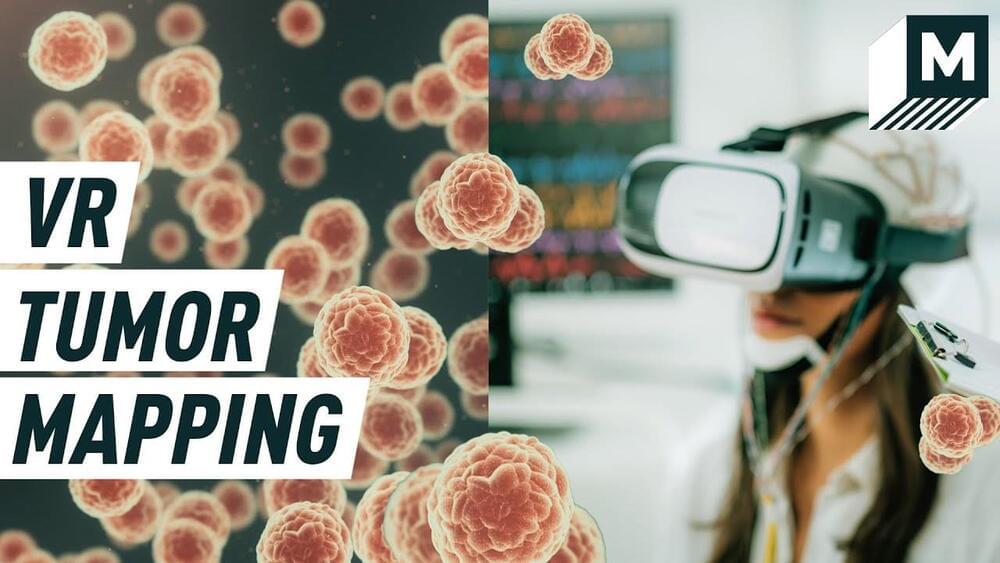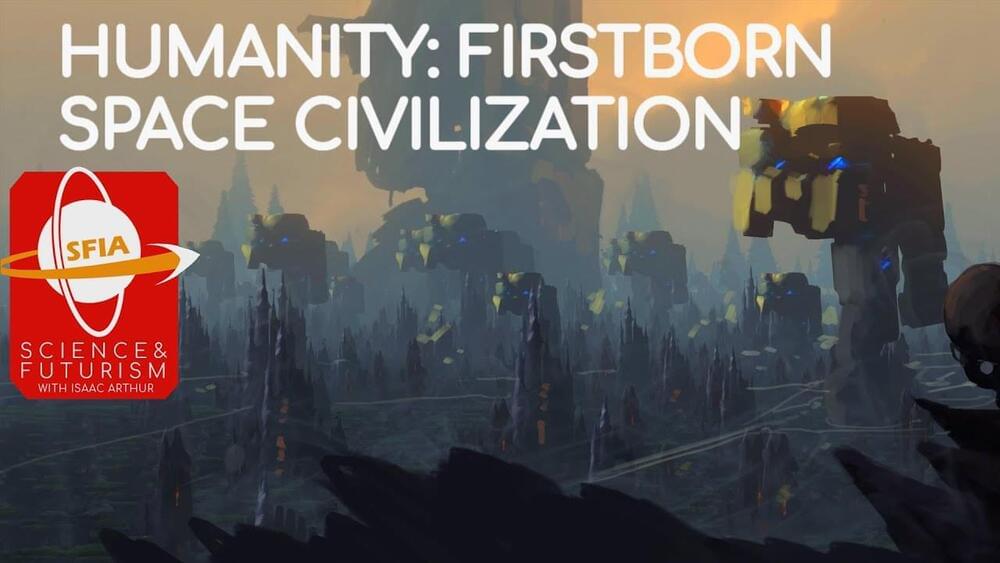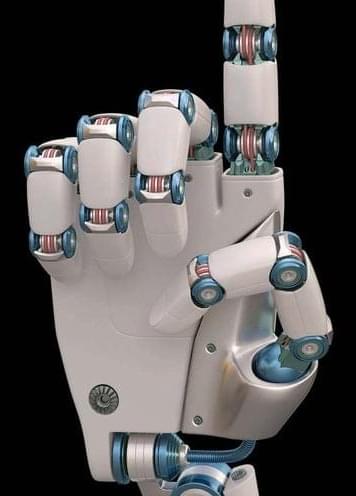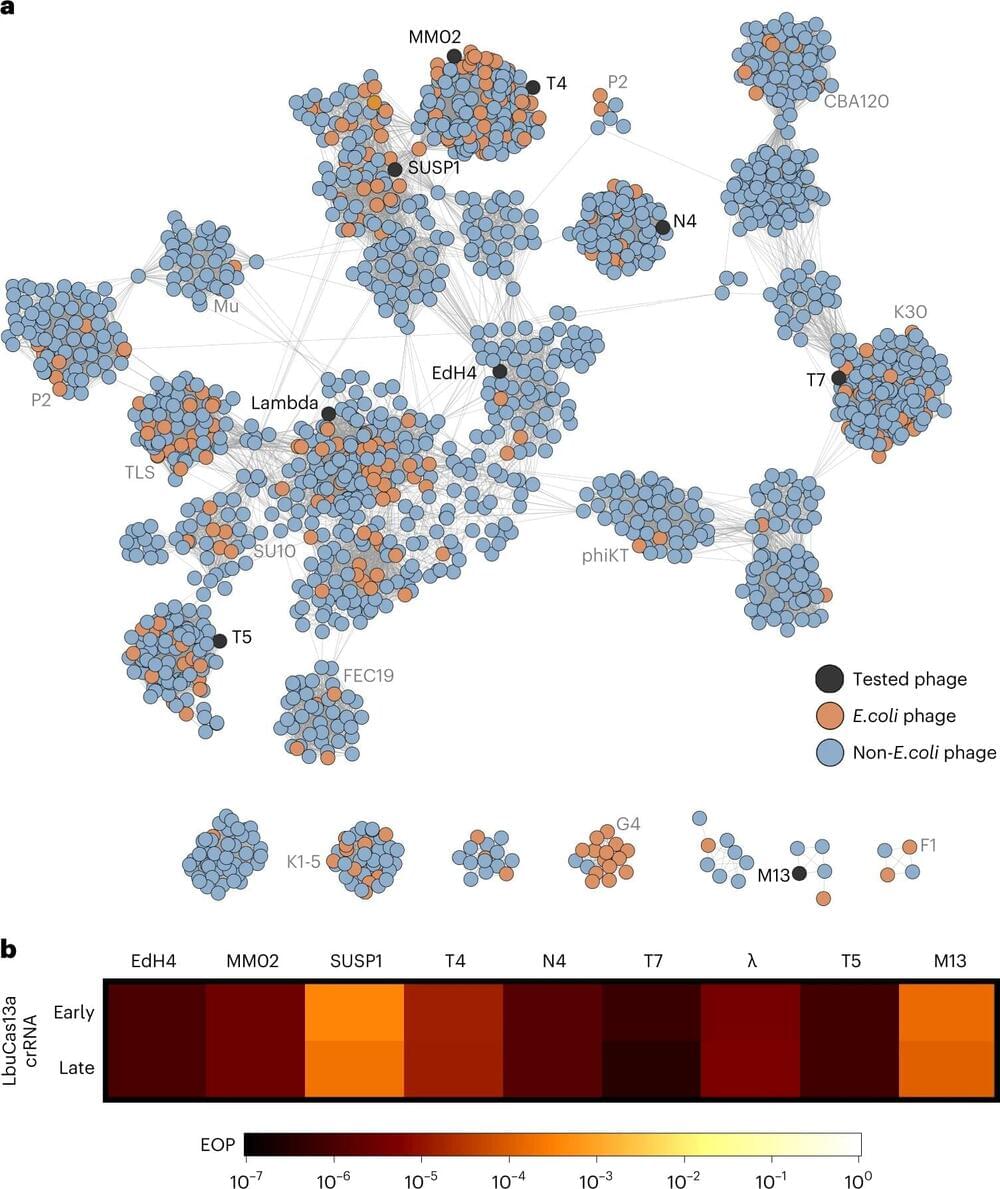Tumors are three-dimensional phenomena, but so far we have been using 2D imagery to scan and study them. With the advancement of virtual reality in recent years, professor and director at Cancer Research UK Cambridge Institute Greg Hannon saw an opportunity to advance cancer research by incorporating 3D imaging and VR technology.
In 2017, his IMAXT team (Imaging and Molecular Annotation of Xenografts and Tumors) received a £20 million grant from Cancer Grand Challenges to develop VR software that could map tumours at an unprecedented level of detail. In the last few years, the project welcomed interdisciplinary and international collaborations between scientists and artists who created and tested the technology on breast cancers.
The software, developed by Suil, will be available for researchers to use worldwide for academic, non-commercial research.
Mashable is your source for the latest in tech, culture, and entertainment.









